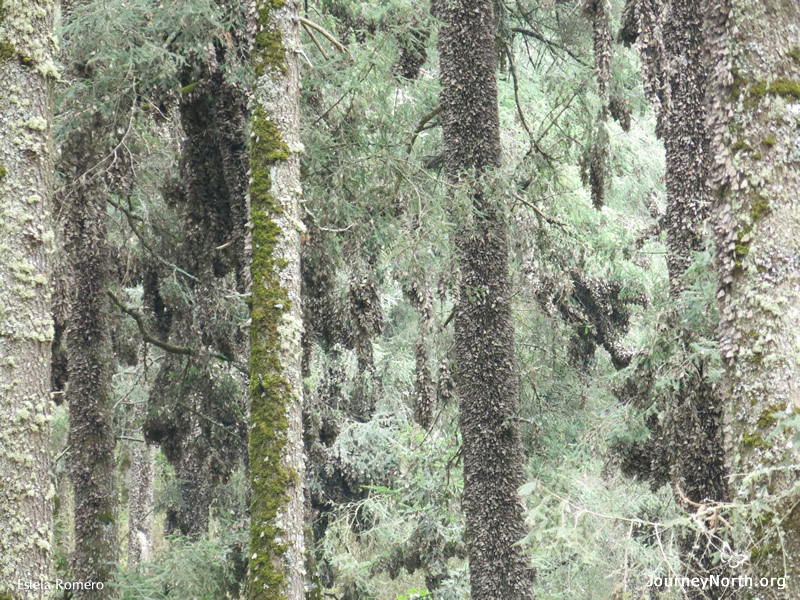By Elizabeth Howard
Spring migration is imminent. Colony break-up is underway as monarchs move down the mountains in search of water.
El Rosario colony is thinning out. These trees should be bare by the end of the month.
Photo by Estela Romero, March 7, 2016.
Estela was surprised by this week's dramatic changes.
Monarchs Dispersing The butterflies put on a sterling performance last week for Brenda Dziedzic and Debbie Jackson, who were in Mexico to collect tags for Monarch Watch. The women witnessed a massive flow of thousands of butterflies flying down the road outside of the Piedra Herrada Sanctuary. In the sanctuary, there were no clusters to be seen but lots of bursts of thousands of monarchs into the air. Waiting for Departure Waiting for First Arrivals
|
|
Estela shares her photos of this season's tag recovery process. She joined Monarch Watch volunteers to collect tags from three neighboring sanctuaries.
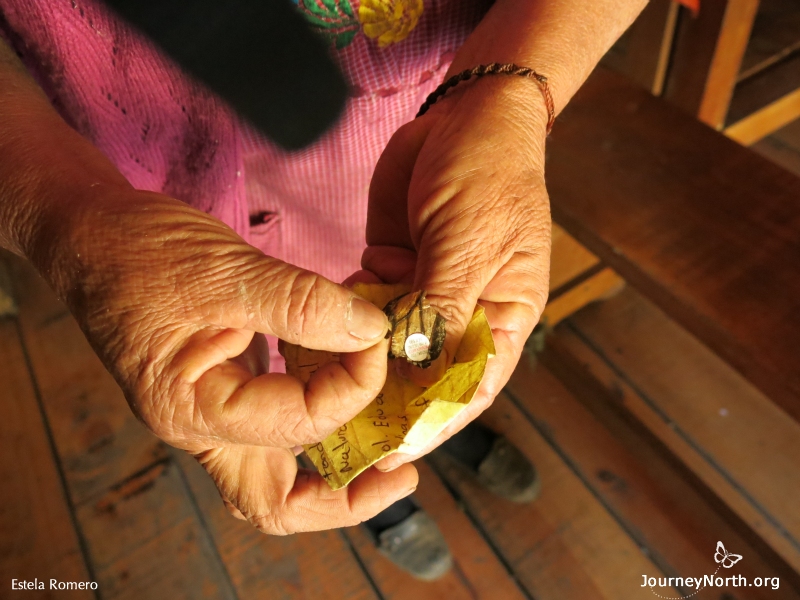
chincua_tag_030816_29
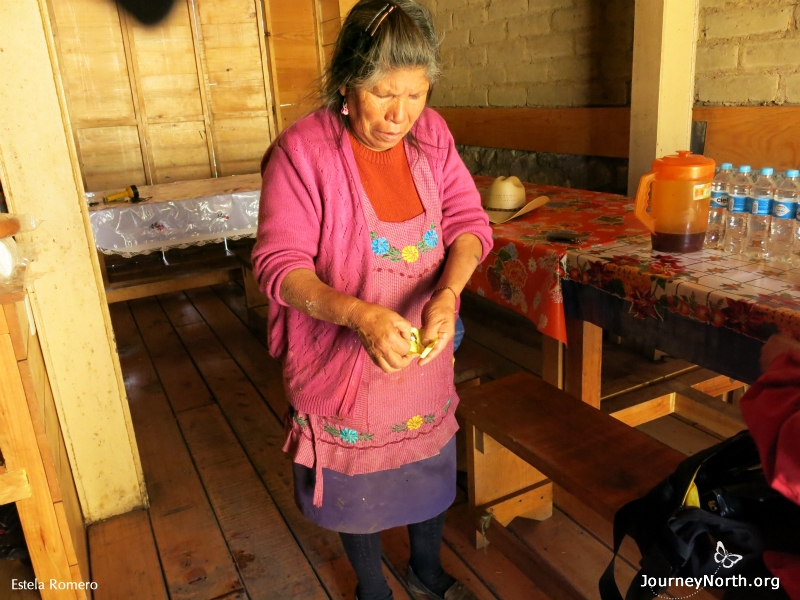
chincua_tag_030816_30

chincua_tag_030816_35
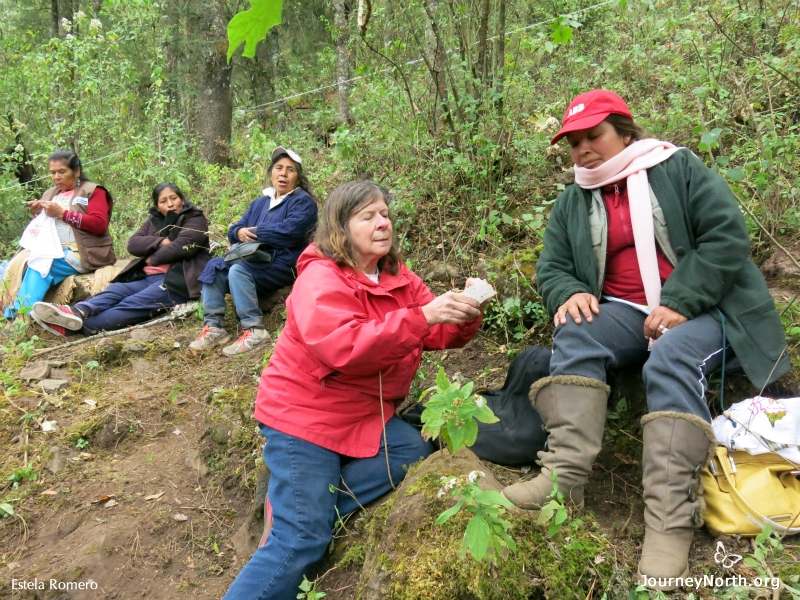
chincua_tag_030816_35a

chincua_tag_030816_36
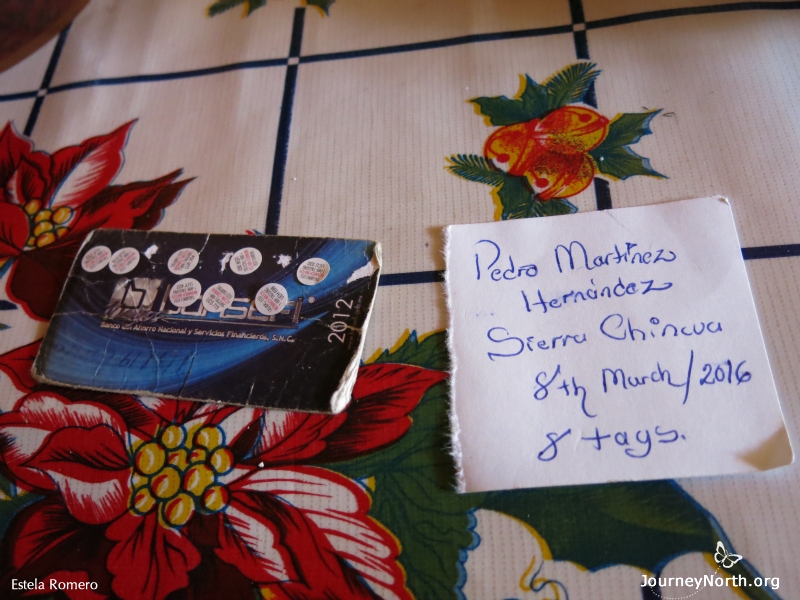
chincua_tag_030816_37
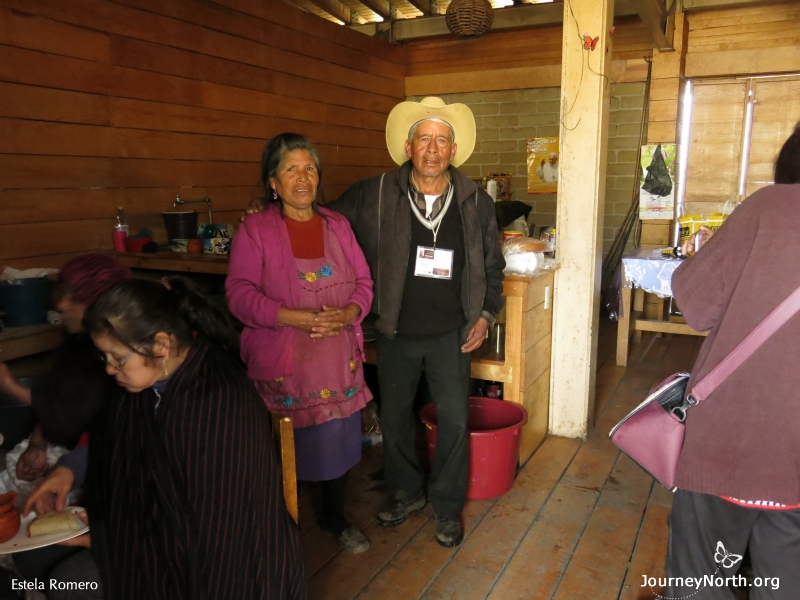
chincua_tag_030816_52
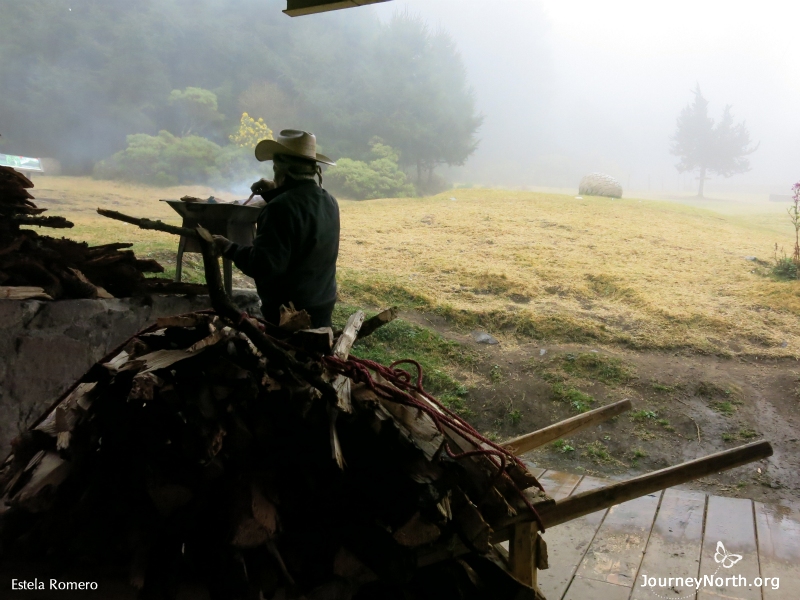
chincua_tag_030816_54
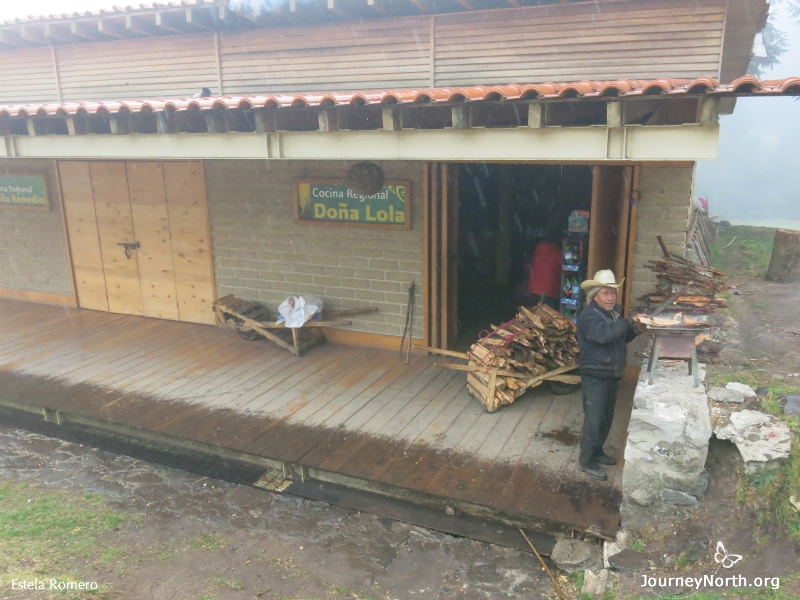
chincua_tag_030816_55
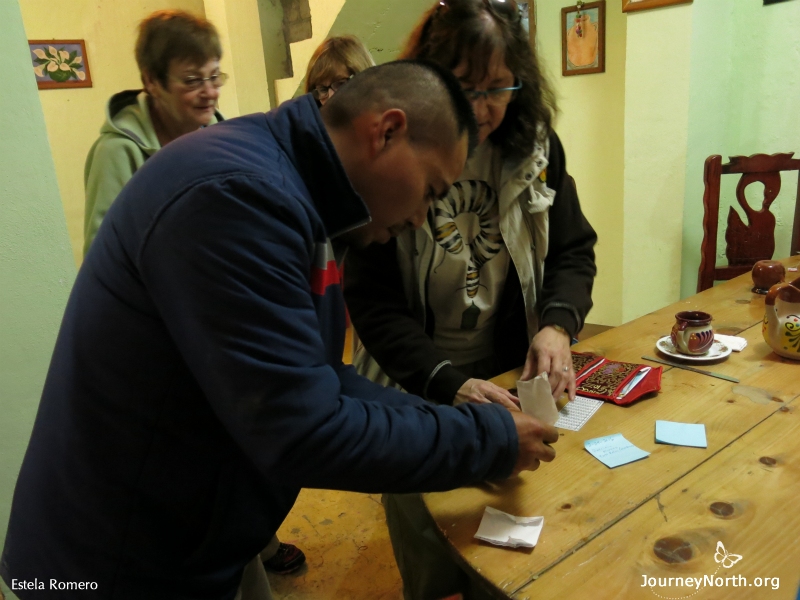
pelon_tag_030116_60
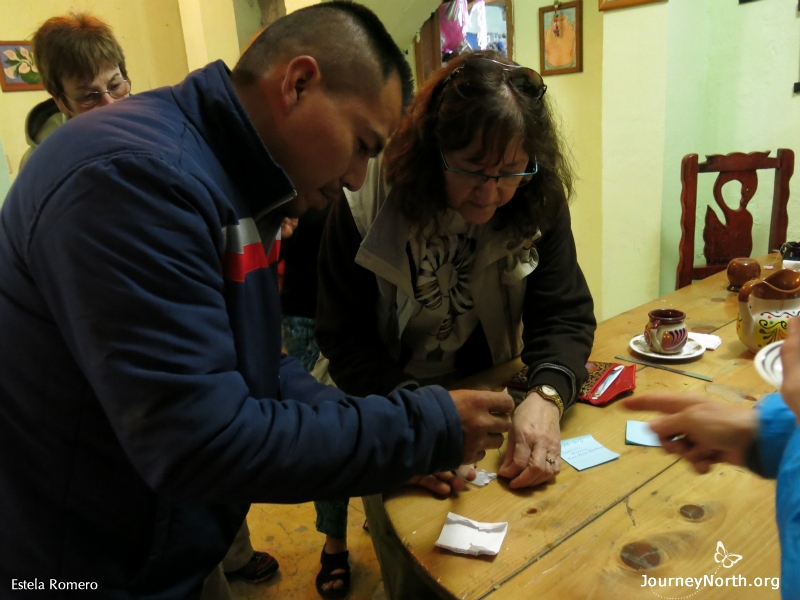
pelon_tag_030116_61
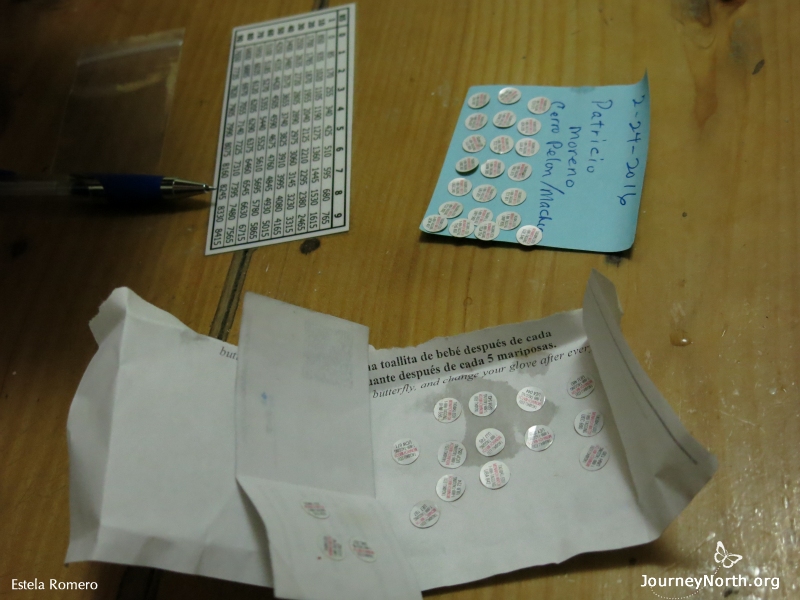
pelon_tag_030116_64
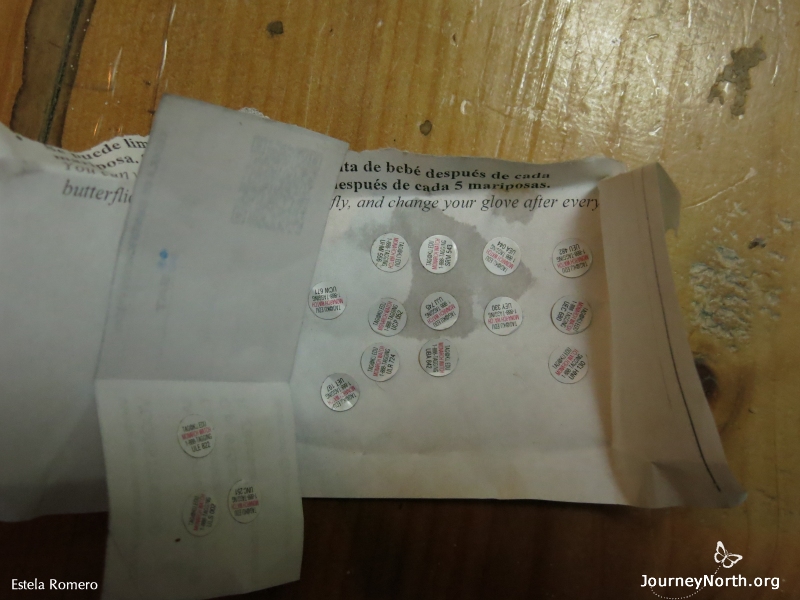
pelon_tag_030116_66
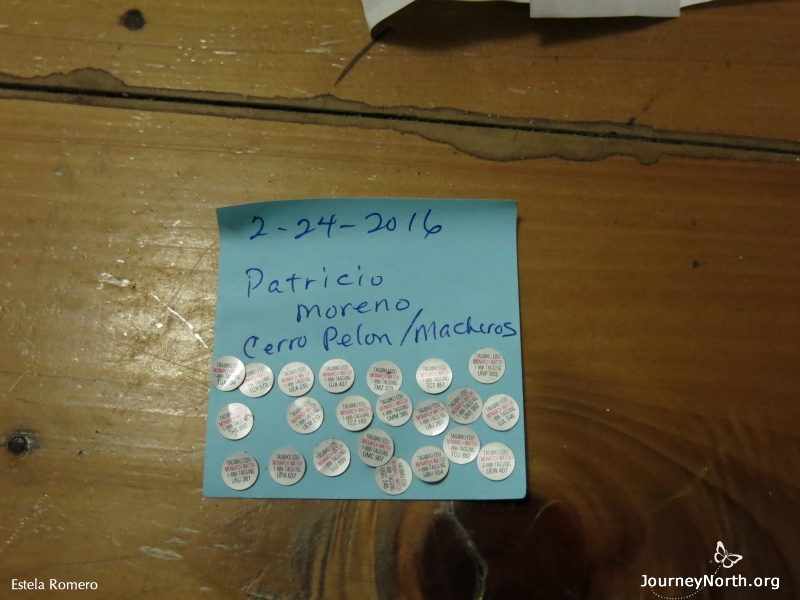
pelon_tag_030116_67
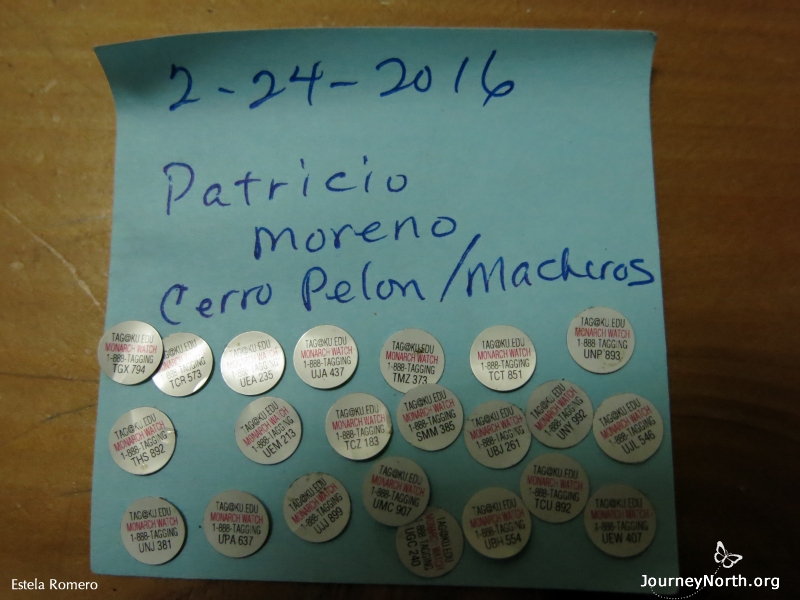
pelon_tag_030116_68

pelon_tag_030116_72
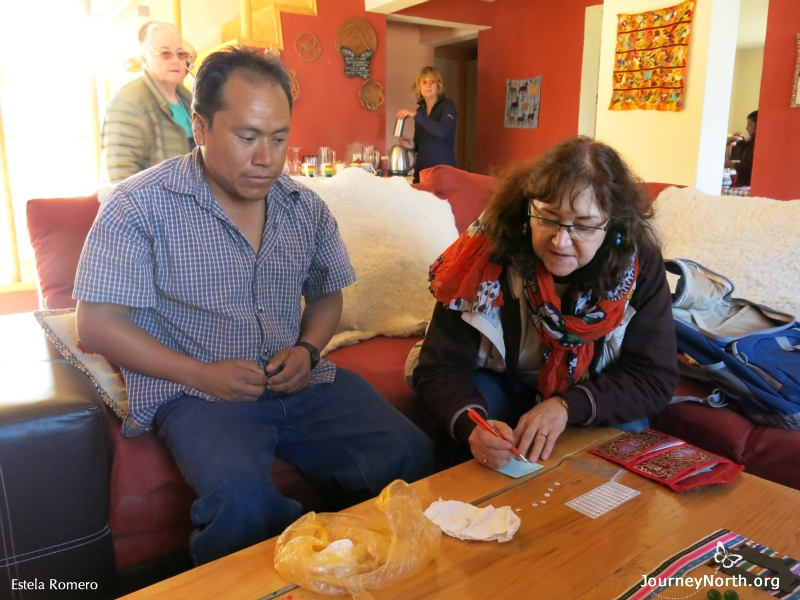
pelon_tag_030116_87
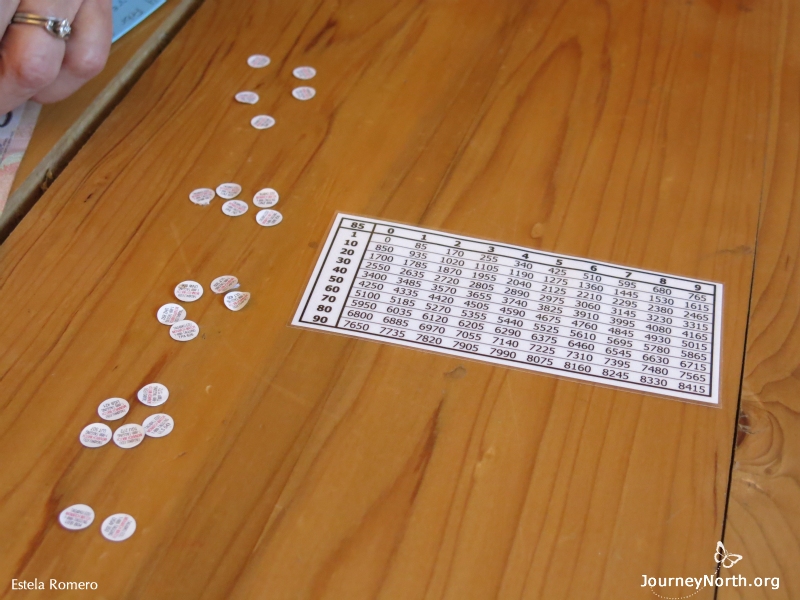
pelon_tag_030116_91
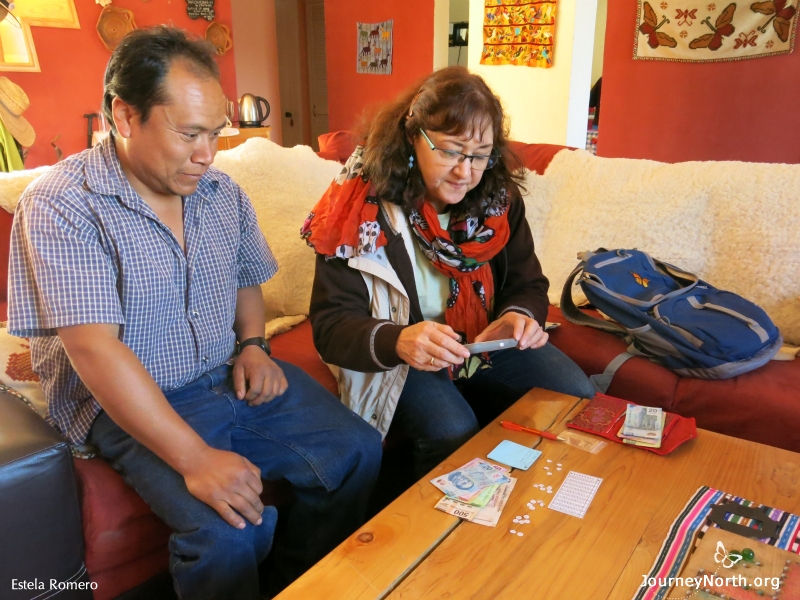
pelon_tag_030116_92

pelon_tag_030116_93
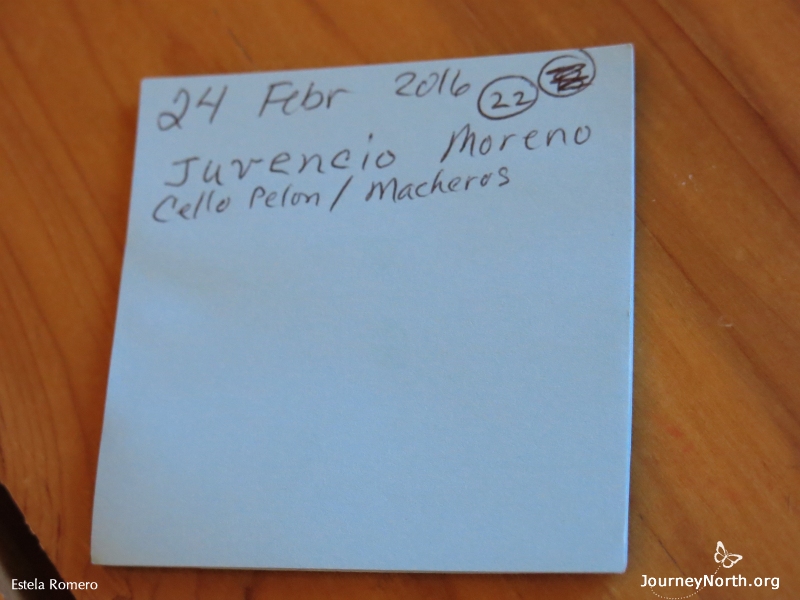
pelon_tag_030116_95

rosario_tag_030116_03

rosario_tag_030116_04

rosario_tag_030116_06
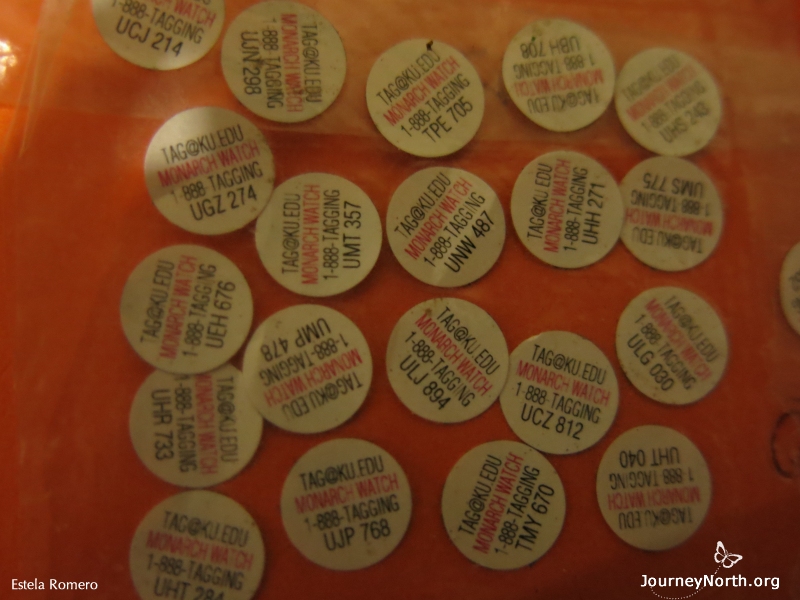
rosario_tag_030116_08
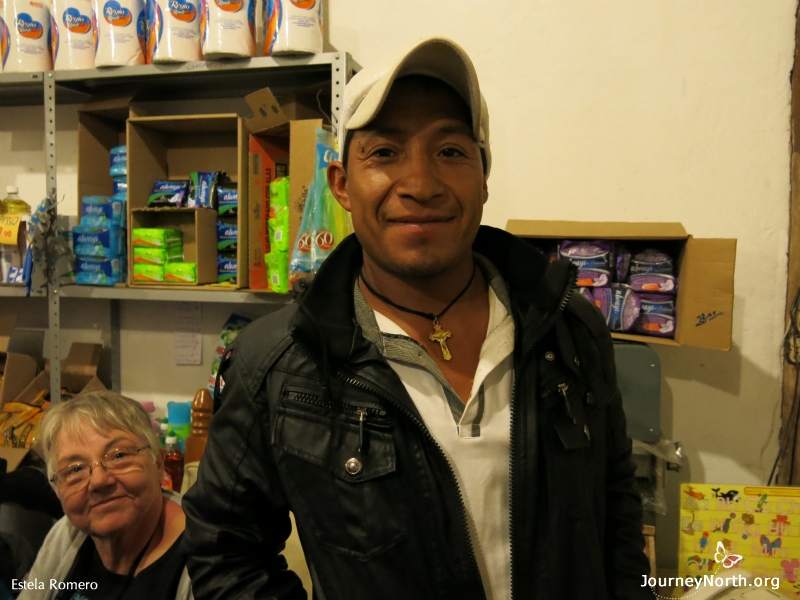
rosario_tag_030116_09

rosario_tag_030116_13
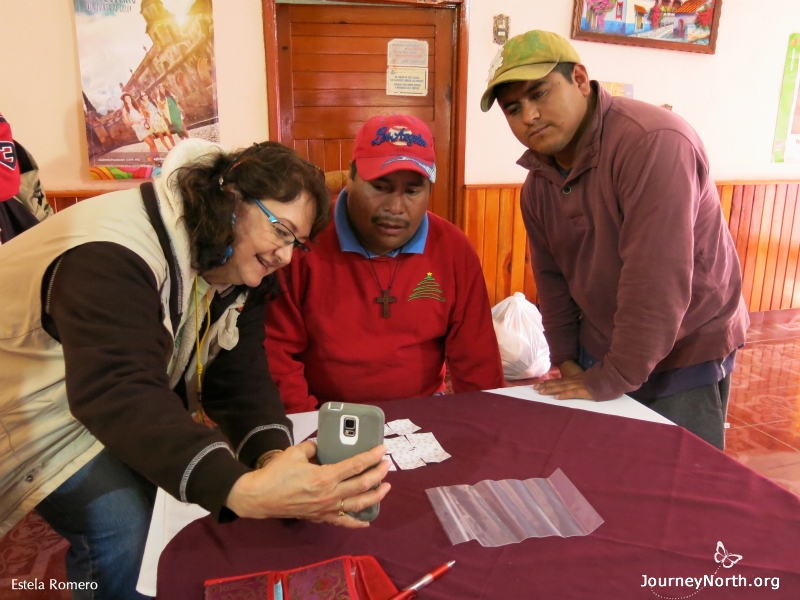
rosario_tag_030116_18

rosario_tag_030116_20

rosario_tag_030116_24
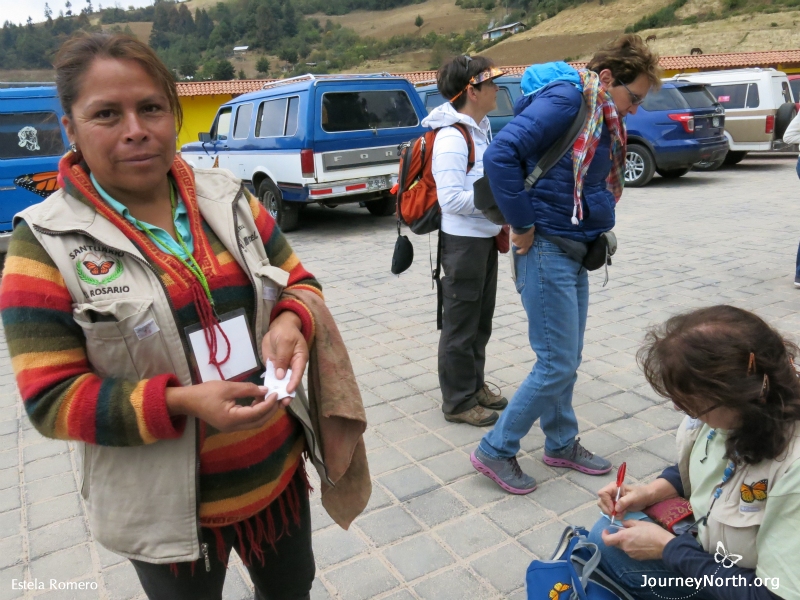
rosario_tag_030116_26

rosario_tag_030716_06
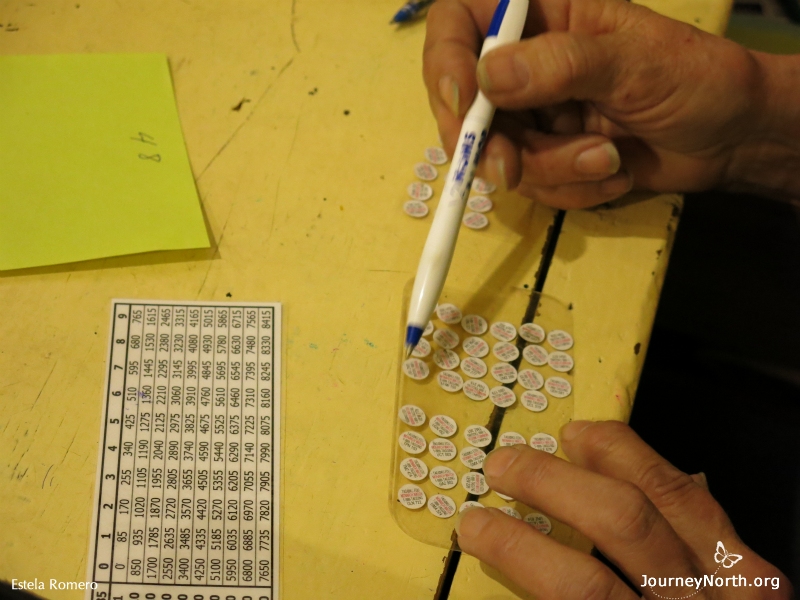
rosario_tag_030716_08
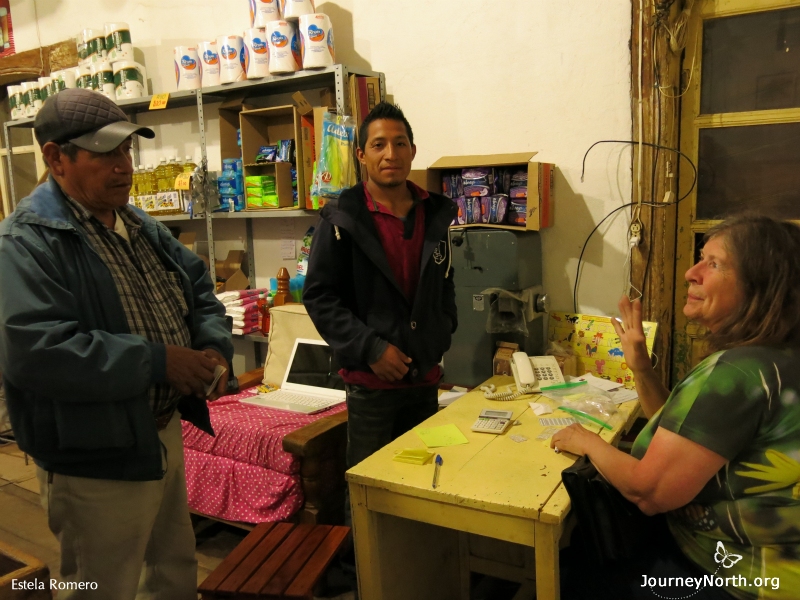
rosario_tag_030716_11
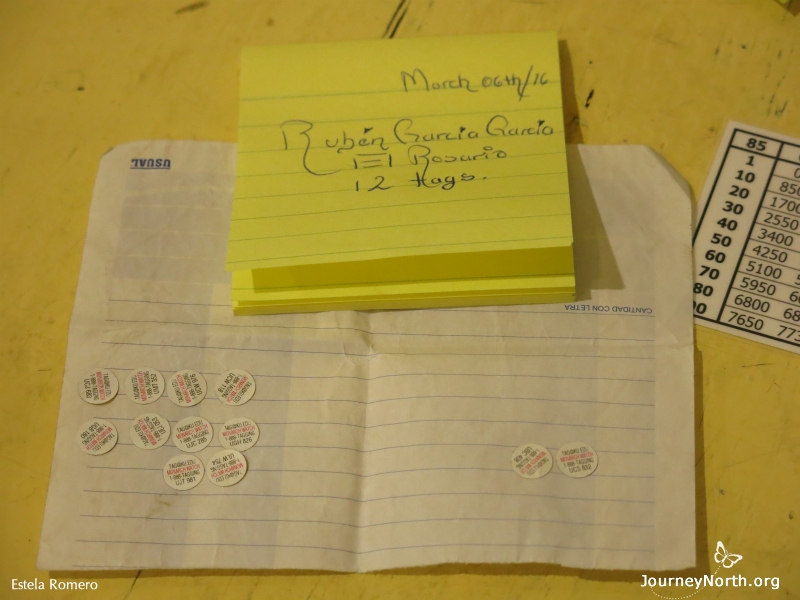
rosario_tag_030716_18
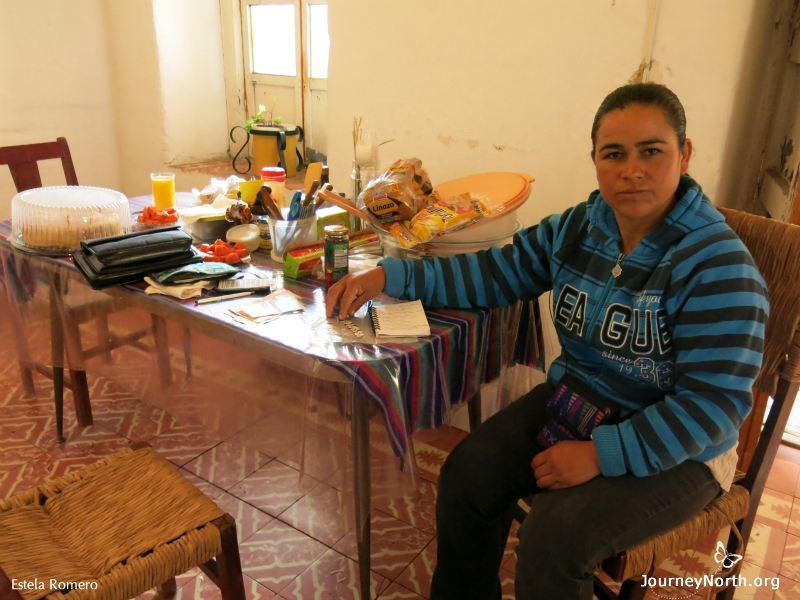
rosario_tag_030716_29
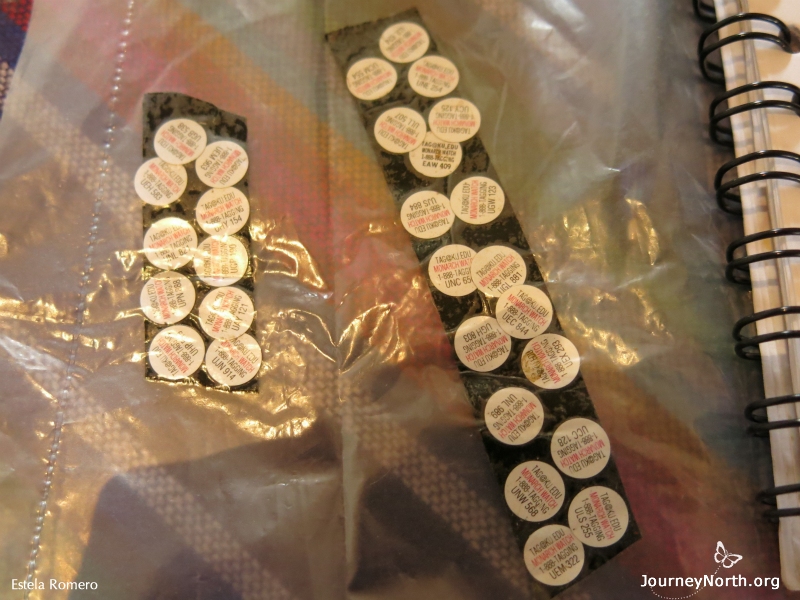
rosario_tag_030716_30
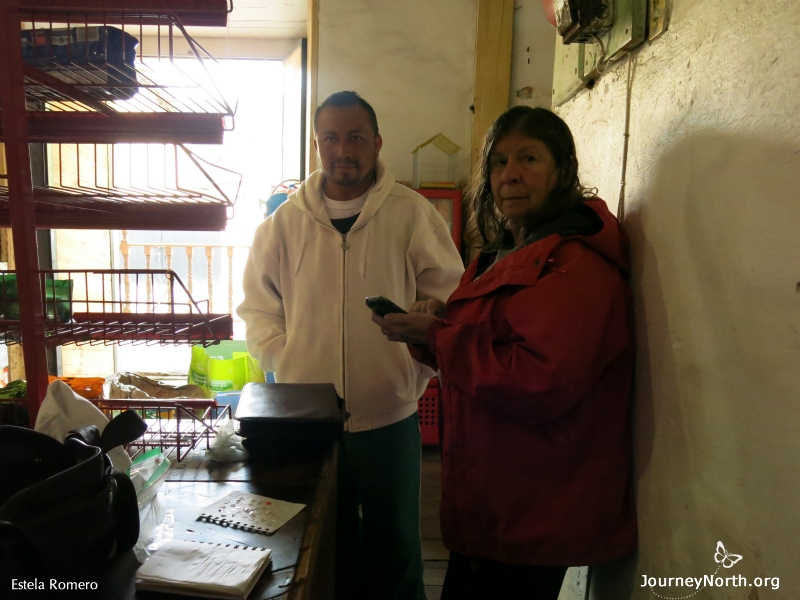
rosario_tag_030716_35
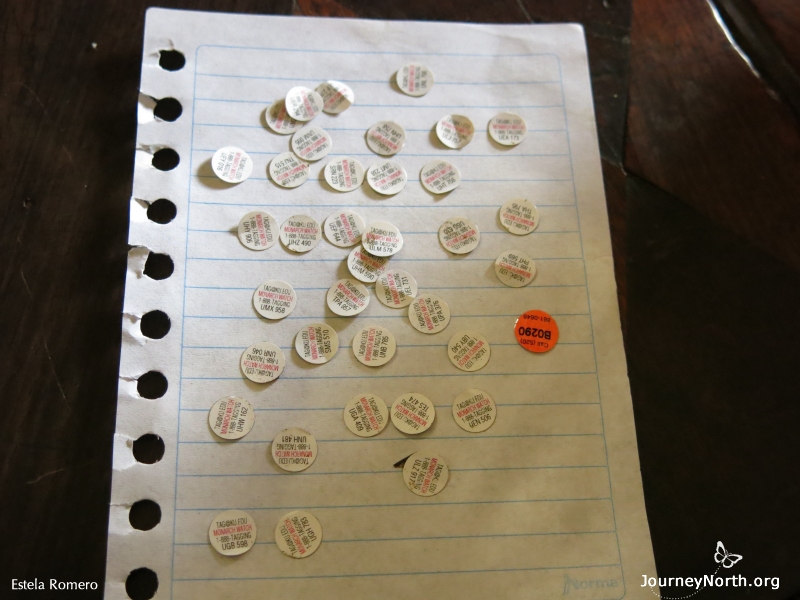
rosario_tag_030716_36
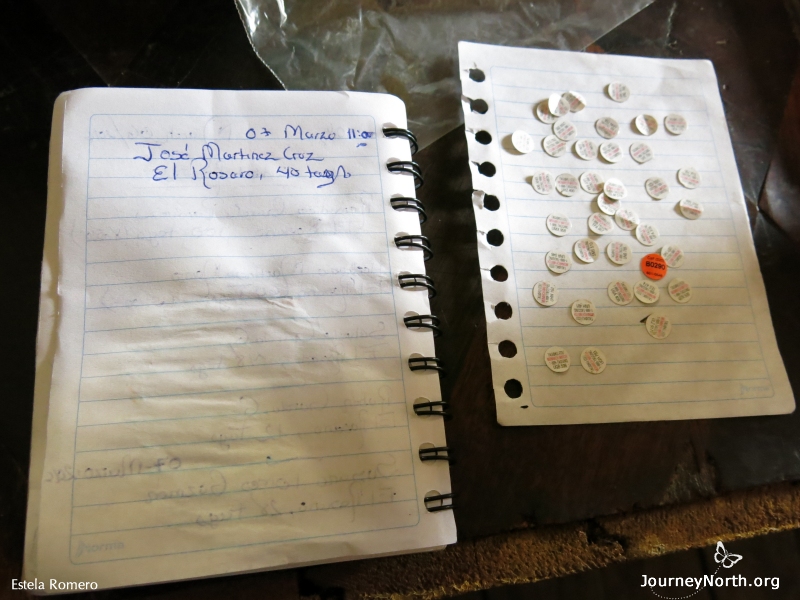
rosario_tag_030716_38
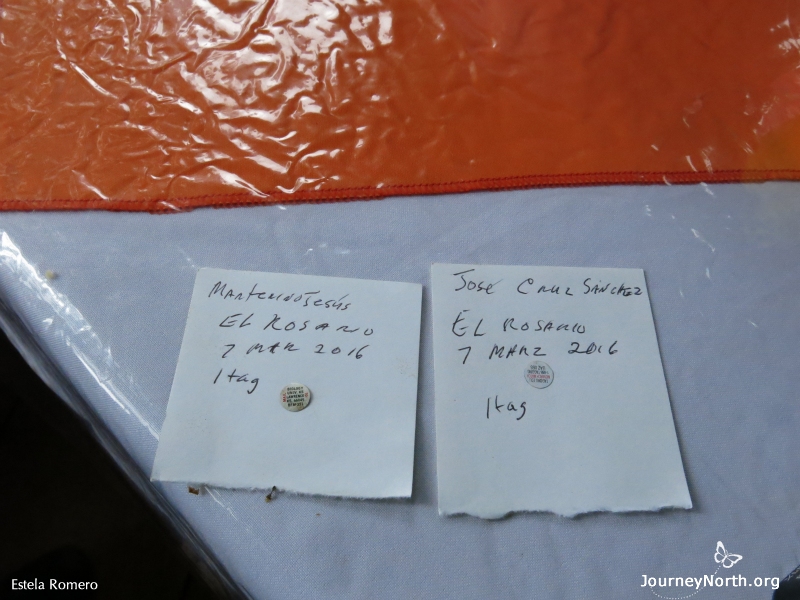
rosario_tag_030716_69
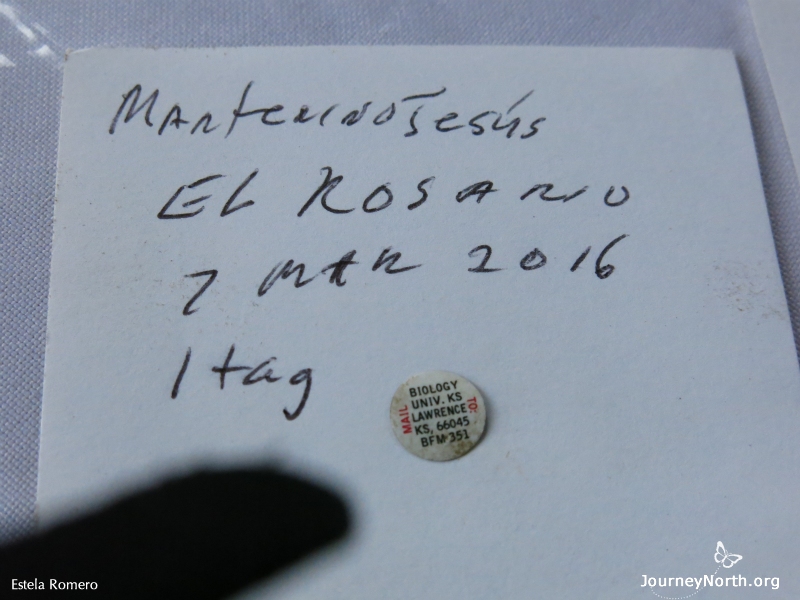
rosario_tag_030716_70

rosario_tag_030716_72
 |
 |
 |
| What to Report | First Adult report | map | list |
Milkweed report | map | list |
 |
 |
 |
| First Egg report | map | list |
First Larvae report | map | list |
Other Observations report | map | list |

